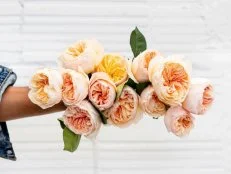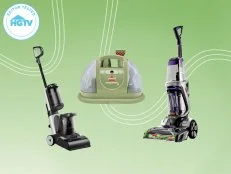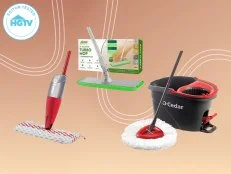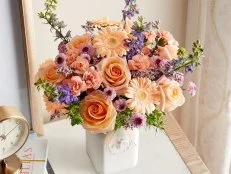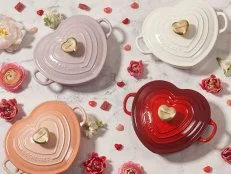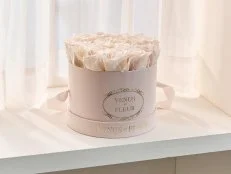12 Houseplants That Bloom in Winter
Brighten winter’s drab days by gifting yourself or a friend with the living color of flowering houseplants.
Banish the winter blues with houseplants that unfurl flowers in winter. These blooming beauties light up winter’s dark, overcast days with pretty petals guaranteed to cure cabin fever. With winter bloomers, you can choose a perennial that you can keep for many years or opt for a seasonal show to get you through until spring. Winter-flowering plants also make terrific gifts — for a loved one or yourself. Let these bloomers lift your winter-weary spirit and scratch that gotta-garden itch.
A true cold-weather champ, cyclamen thrives with night temperatures in the 40s or low 50s and days around 65° F. It’s an old-fashioned favorite that needs bright, indirect light. An east window works well in warmer zones, while a southern window is better in regions where winter brings snow and overcast skies. Water when soil is dry to the touch, taking care to pour water onto the soil — not onto the potato-like tuber that sits above the soil at the center of the plant.
Flowers open in shades of pink, rose, red and white, while some deep green leaves display silvery marbled patterns. Full-size varieties grow to 12 inches high, while miniature types top out about 6 inches. All plant parts are poisonous to dogs and cats, so keep this bloomer away from curious, plant-nibbling pets.
More on Growing Cyclamen
With just a little TLC, African violets deliver winter-long color. Flowers open in a variety of hues, including purple, magenta, pink, wine, mauve, white and wonderful bicolor blends. The secret to a non-stop flower show is consistent care that mimics the plant’s native environment: cloud forests of Kenya and Tanzania with filtered sunlight and airy soil. To duplicate these conditions at home, give violets a north- or east-facing window. Filter sunlight with a blind or curtain for plants in south- or west-facing windows.
A commercial African violet soil mixture provides the right rooting environment: loose, airy soil that holds moisture. Water African violets from the bottom when the soil surface is dry to the touch. These plants prefer a consistently moist root zone, and if you use regular potting soil, you’ll likely kill plants by overwatering. African violets should flower year-round. If blooms are sparse, the light is probably too low. This houseplant isn’t toxic to pets or people.
More on Growing African Violets
Even in low light, you’ll savor gorgeous blooms with a cape primrose (Streptocarpus). An African violet cousin, this bloomer boasts velvety long green leaves and flowers that stand on sturdy stems. Blossoms open in a myriad of hues, including pink, red, purple, white and many shades in between. Flower petals often showcase speckles, polka-dots and whiskers, painting blossoms with exquisite details.
An east or north window works well — the goal is part shade to indirect sun. Let the soil dry between waterings. A little wilting won’t hurt the plant, but cold water on leaves does create unsightly stains. Heat is Cape Primrose’s kryptonite. Temperatures above the upper 70s can cause plants to collapse. That’s why they’re the perfect window plant in winter. In summer, protect them from heat. Cape primrose is safe for pets.
For a true breath of spring, add a pot of pre-chilled bulbs to your houseplant collection. Pre-chilled bulbs are ready for forcing, prepped to sprout the moment you place them in a sunny windowsill. Choose your favorite pre-chilled spring bloomers: tulips, crocus, fragrant hyacinth, daffodils or grape hyacinth. Tuck them into soil, or simply arrange them in a container with enough water to cover the roots.
Once bulbs finish flowering, allow ones that are in soil to grow foliage until spring arrives. At that point, tuck bulbs in a garden bed. If you don’t have room for bulbs in existing plantings, toss them on the compost pile. Most bulbs are toxic to pets, so keep them away from curious, nibbling critters.
More on Forcing Bulbs
When the holidays are a wrap, it’s a good time to grab a few amaryllis bulbs — at a discount — to stage a stunning floral display. If you typically grow amaryllis year-round, wait to wake up bulbs until early December, and you’ll be rewarded with spectacular flowers in the heart of winter. Amaryllis thrive in bright, indirect light; an eastern or northern exposure works well in most regions. Water when soil is dry to the touch one knuckle deep. Don’t forget to stake top-heavy flower stems by slipping a support into the soil at planting time. To keep both leaves and flower stems upright, try a hoop stake. The bulb is toxic to people and pets.
More on Growing Amaryllis
Sometimes called “florist’s kalanchoe,” this pretty bloomer is a go-to for easy winter color. Kalanchoe opens flowers in brilliant shades, including red, rose, orange, yellow and apricot. Known botanically as Kalanchoe blossfeldiana, this winter flower is a succulent. That means it’s a low-maintenance beauty. Give it a spot with bright light (near a south or eastern window) and water sparingly, allowing soil to dry out completely before watering. You’ll likely have a week or more between waterings. If you need to repot your plant, use a cactus mix that drains well. Plants are toxic to cats and dogs.
For an easy-grows-it houseplant, it’s tough to beat angel wing begonia. This eye-catching plant unfurls leaves that boast all kinds of colors and patterns. The leaf echoes the shape of angel wings, which inspired its common name. Angel wing begonia can be a short, tabletop plant or a tall, floor-worthy beauty. This heirloom variety, ‘Lucerna,’ grows 6 to 8 feet tall with leaves 8 to 10 inches long.
Like all angel wing begonias, the best leaf patterns develop in medium light. Plants bloom year-round when conditions are right. On ‘Lucerna,’ blossom color shifts from pink to red as sunlight increases. Place plants in an eastern exposure or near a south- or west-facing window. Too much sunlight gives leaves crispy edges, so protect plants from the strongest, hottest sun. Choose a soil mix with plenty of air pockets — blending a typical peat- or coir-based potting soil with a succulent or cactus mix in a ratio of 80:20 should keep roots happy. Water when soil is dry to the touch, taking care that water covers the soil surface so every root gets a sip. Angel wing begonias also develop brown leaf edges due to underwatering. Feed plants with a diluted fertilizer solution at every watering. All begonias, including angel wings, are toxic to pets.
More on Growing Begonias
While you may love rosemary in your herb garden, it also makes a lovely houseplant that typically flowers from midwinter to early spring, opening pale lavender blooms. Choose varieties that grow upright or trail (typically sold as “prostrate” rosemary). Indoors, rosemary needs ample sunlight — anywhere from four to eight hours each day. Give it a spot near your brightest window or in a sun porch where temperatures don’t fall below 40 degrees F.
As a Mediterranean herb, rosemary demands good drainage. Indoors, it’s super easy to overwater this herb. Avoid this problem by choosing a pot that’s just barely bigger than the plant’s root ball. Fill it with a succulent mix or potting mix amended heavily with perlite, pumice or horticultural grit. Your pot must have a drainage hole. Ideal temperatures for rosemary are days about 70 degrees F and nights in the low 50s. Let the soil dry down about an inch before watering. A rosemary plant that’s grown with too-wet soil will have less flavor, while a plant grown on the dry side will have stronger flavor.
More on Growing Rosemary
A moth orchid (Phalaenopsis) embodies easy elegance with flower sprays that linger for months. These exotic bloomers typically flower during the cooler seasons of the year. Moth orchids aren’t demanding when it comes to light. A spot near a bright eastern window works well. Direct summer sun can scorch leaves, so you may need to shift plants or add a sheer curtain as seasons change.
Watering is probably the trickiest part of growing orchids. The basic rule is to water when the bark medium appears dry at the surface. If leaves shrivel, your plant is begging for water. Never let orchids sit in a saucer of water for any length of time or you risk damaging roots. This pet-friendly plant benefits from a light feeding with an orchid fertilizer, like MSU’s Orchid Fertilizer. Feed plants for three waterings in a row, followed by a watering with plain water. Distilled or reverse osmosis water is beneficial in areas with hard water.
More on Growing Orchids
Holiday cacti kick into blooming gear around Thanksgiving, with Christmas cacti continuing the floral display well into January. The true Christmas cactus with rounded leaf edges is a pass-along plant that’s not often sold. Typically, you have to find one and beg the owner for a stem for rooting. The colorful cacti sold as “Christmas cacti” are actually varieties of Thanksgiving cacti.
Holiday cacti need filtered sunlight from an east or west window. Brighter light helps with flower formation, although the most important triggers for blossom buds are shortened day length and lower temperatures. In winter, after flowers fade, allow Thanksgiving and Christmas cacti to enter a dormant period as you water less frequently. As spring arrives, kickstart growth by watering plants with a diluted fertilizer solution. Move plants outside to a sheltered spot in part sun once temperatures stay above 40 degrees F.
More on Growing Holiday Cactus
Fragrance is the gift that scented geraniums bring to your indoor garden. Leaves deliver the aroma, which can be any of a variety of scents, including mint, nutmeg, rose, orange and lemon. This variety is named after lemon balm because its leaves release an overwhelming lemony scent when brushed or touched. Scented geraniums flower in winter, unfurling tiny, delicate blossoms.
Growing scented geraniums doesn’t require serious gardening skills. These plants love to grow and thrive through winter in any window in a typical potting mix. Water when soil is dry to the touch. Transition plants outdoors in spring when nights are reliably in the 40s. For best growth, repot plants — into the same size pot — adding fresh potting soil. Give plants light shade or half-day sun in summer. All scented geraniums are toxic to dogs, cats and horses.
More on Growing Scented Geraniums
If undemanding beauty is your jam, look no further than anthurium, also known as flamingo flower. The tropical blossoms linger for about six weeks, and you can find varieties that open blooms in shades of red, pink, purple, orange, white and black. Tuck it into bright, indirect light — near an eastern or north-facing window works well. Too little light and your anthurium won’t flower. Too much, and leaves may burn.
Water plants when the top of the soil is dry. You’ll see the best growth when you plant anthurium into standard peat- or coir-based potting soil mixed 50-50 with orchid bark, perlite or cactus mix. The goal is soil that drains well and has air pockets. Clip faded flowers when the central spike on the bloom turns brown. Keep this stunning bloomer away from pets since all plant parts are toxic.
More on Growing Anthurium
20 Winter-Friendly Plants for Your Outdoor Space 21 Photos
Don’t settle for a gray, barren landscape outside your door. Potted plants can brighten your space and keep the color coming all winter long.






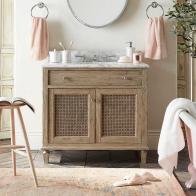

























.jpg.rend.hgtvcom.196.196.suffix/1738869041672.jpeg)






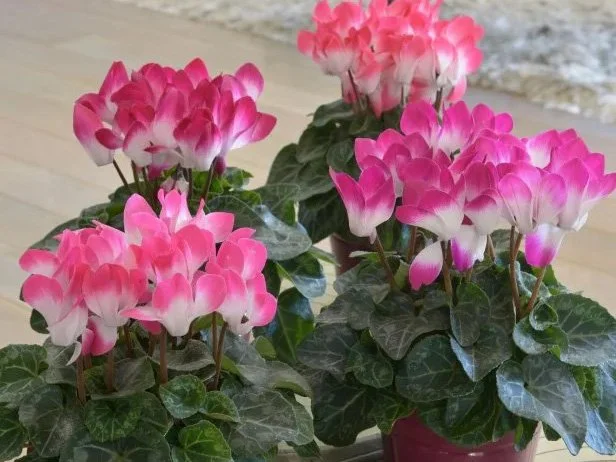
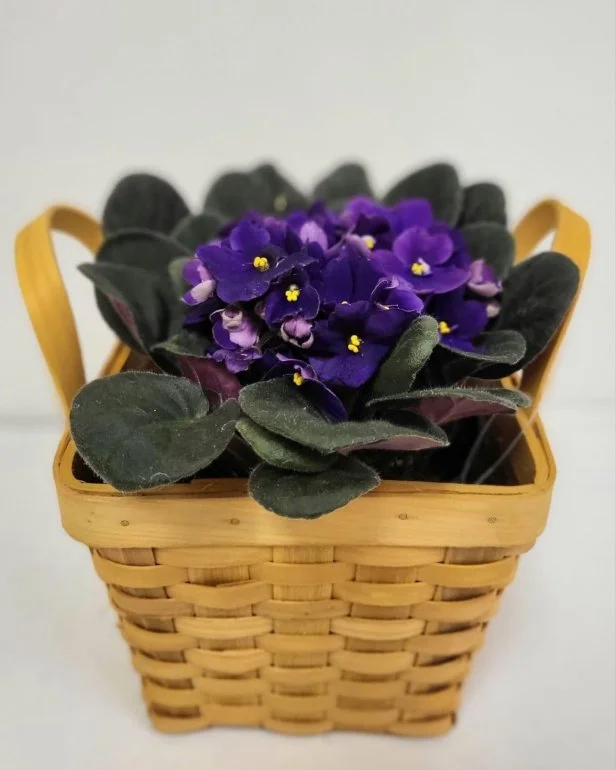
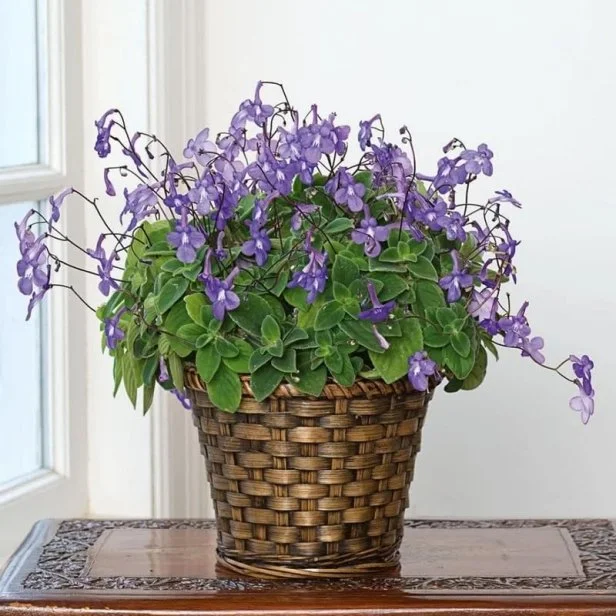
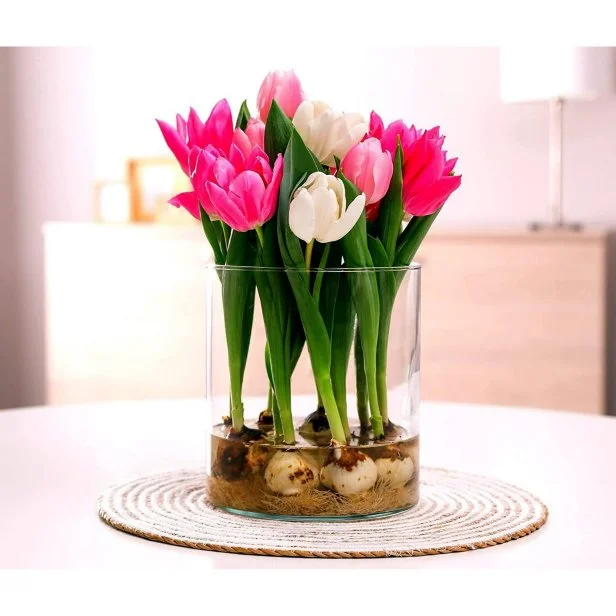
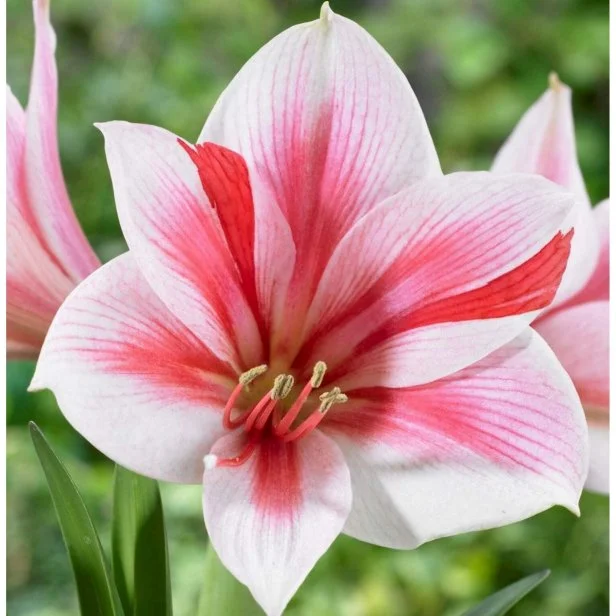
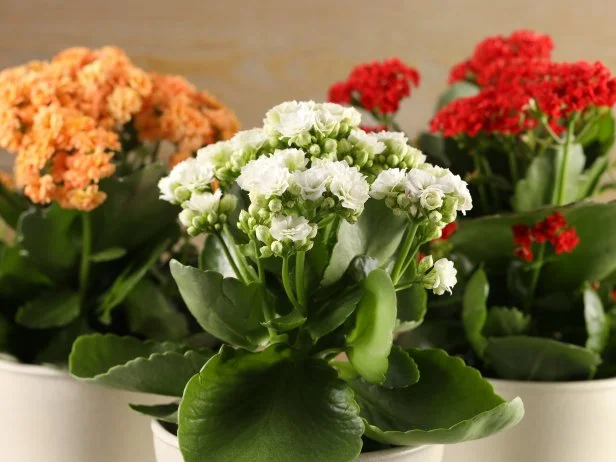
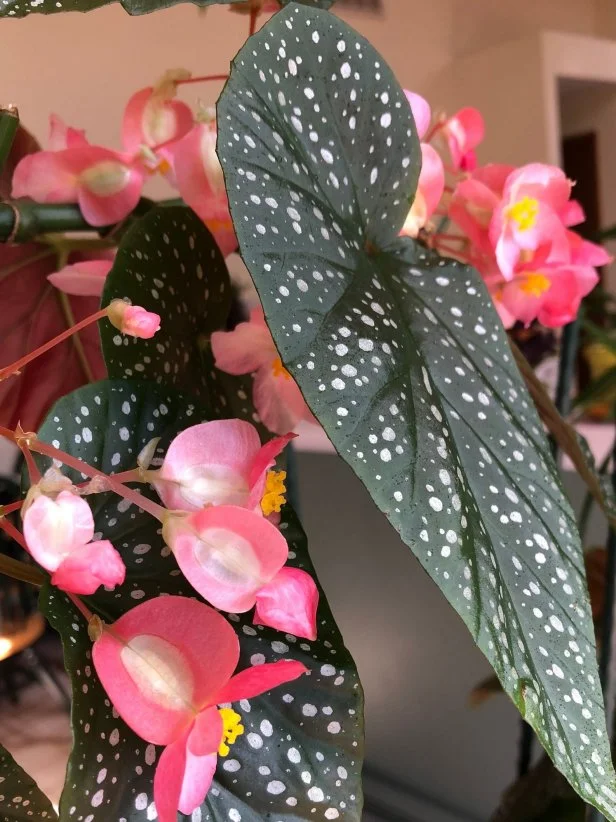
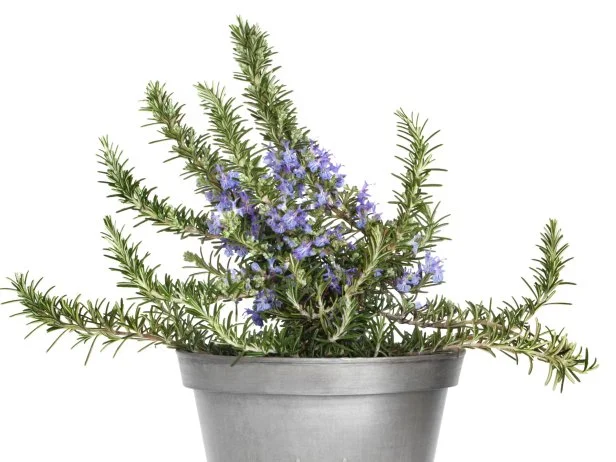
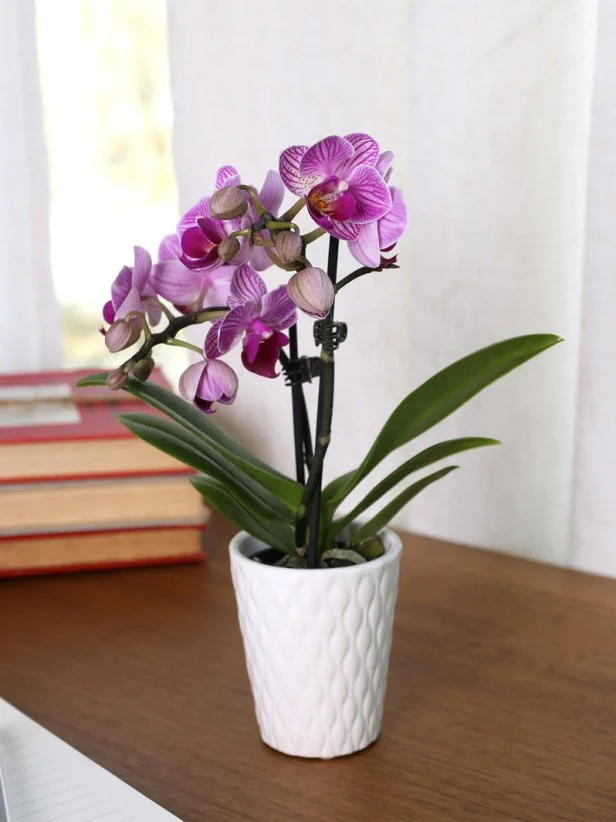
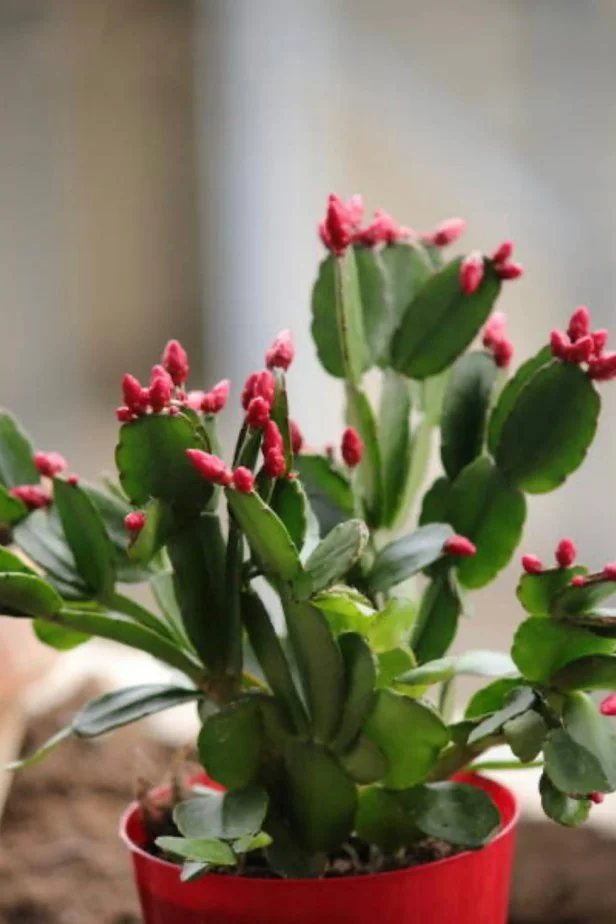
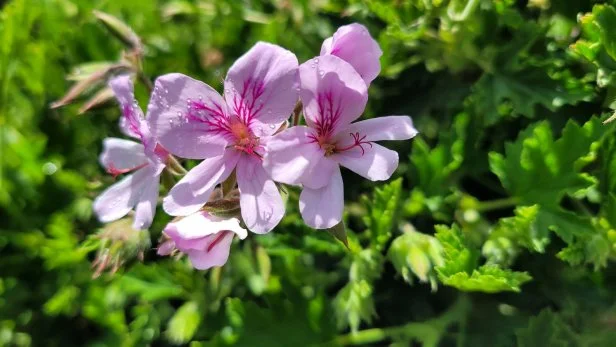
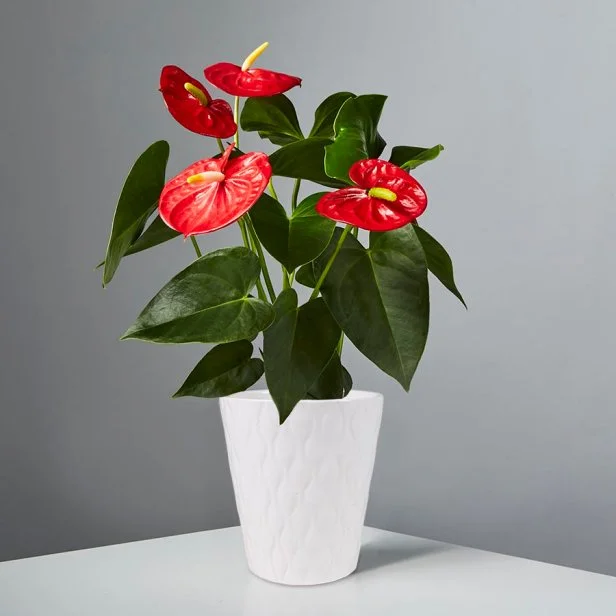






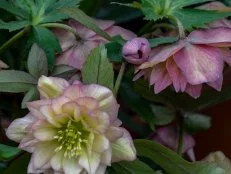






.jpg.rend.hgtvcom.231.174.85.suffix/1738869041672.webp)








